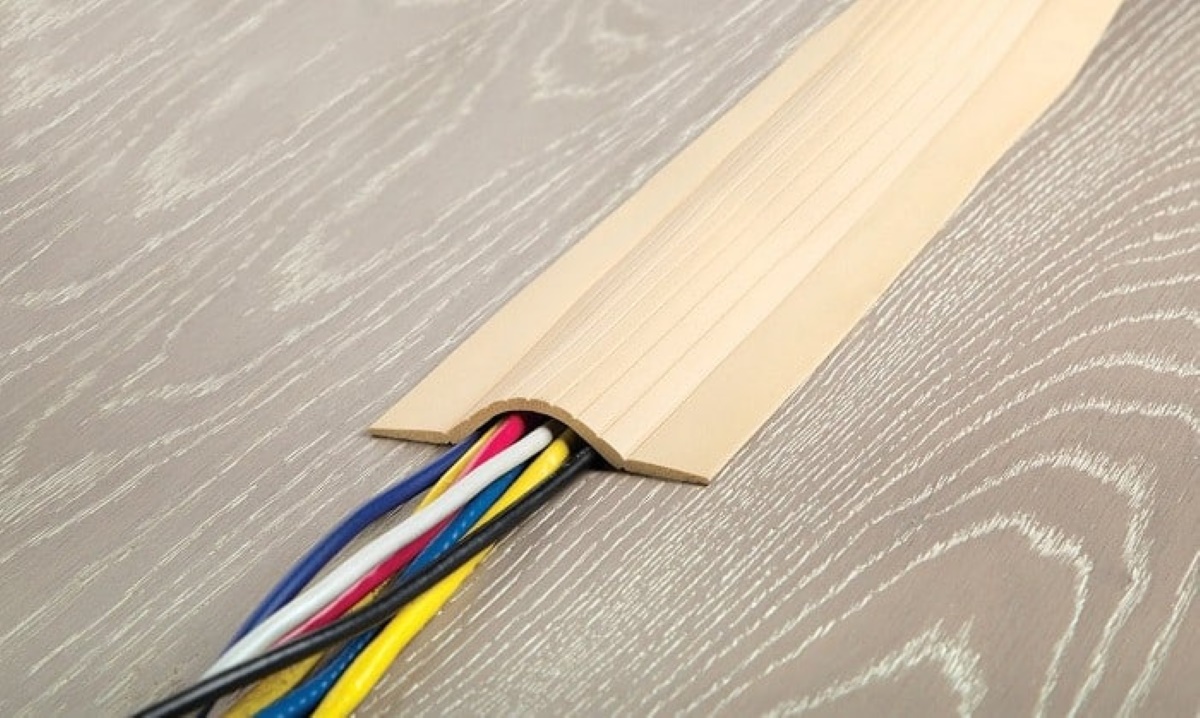

Articles
How To Cover Electrical Cord On Floor
Modified: October 28, 2024
Discover effective methods to cover electrical cords on the floor with these informative articles. Safely hide and protect cords without compromising functionality and aesthetics.
(Many of the links in this article redirect to a specific reviewed product. Your purchase of these products through affiliate links helps to generate commission for Storables.com, at no extra cost. Learn more)
Introduction
Electrical cords are an essential part of our everyday lives, allowing us to power various devices and appliances. However, leaving cords exposed on the floor can lead to several safety hazards, including tripping and potential damage to the cords themselves. That’s why it is crucial to cover electrical cords on the floor to ensure the safety of both you and your electrical equipment.
In this article, we will explore the importance of covering electrical cords, the different types of cord covers available, factors to consider before choosing a cord cover, and provide a step-by-step guide on how to cover your electrical cords properly. By the end of this article, you’ll have the knowledge and tools necessary to protect your electrical cords and create a safer environment in your home or workplace.
Key Takeaways:
- Protect your electrical cords by covering them on the floor to prevent tripping hazards, damage, and electrical hazards. Choose the right cord cover based on factors like length, thickness, durability, and aesthetics for a safe and organized space.
- Follow a step-by-step guide to effectively cover your electrical cords, ensuring safety, organization, and a clean aesthetic. Regular maintenance and proper installation techniques will maintain the functionality of your electrical setup.
Read more: What Are Cloth Covered Electrical Cords
Why Covering Electrical Cords Is Important
While it may seem like a minor detail, covering electrical cords on the floor is crucial for several reasons. Here are some of the key reasons why it is important to cover your electrical cords:
- Prevent tripping hazards: Exposed cords pose a significant tripping hazard, especially in high-traffic areas. Tripping over cords can lead to serious injuries, such as sprains, fractures, or head injuries. By covering the cords, you reduce the risk of accidents and make your space safer for everyone.
- Protect the cords from damage: Cords that are left exposed are more prone to damage. They can be accidentally stepped on, crushed by furniture, or chewed by pets. Covering the cords with cord protectors or cable covers provides a layer of protection, preventing damage and prolonging the lifespan of your cords.
- Organize and manage cords: Covered cords help to keep your space organized and reduce clutter. In addition, cord covers often come with built-in cable management systems, allowing you to neatly bundle and secure multiple cords together. This not only enhances the aesthetics of your space but also makes it easier to identify and access specific cords when needed.
- Prevent electrical hazards: Exposed cords can pose electrical hazards, especially in environments where moisture or liquids are present. By covering the cords, you provide an extra layer of insulation, reducing the risk of electrocution or electrical fires.
- Comply with safety regulations: In some workplaces, covering electrical cords is a legal requirement to comply with safety regulations. Failing to comply with these regulations can result in penalties or fines. By ensuring that your cords are properly covered, you maintain a safe and compliant environment.
By understanding the importance of covering your electrical cords, you can take the necessary steps to create a safer and more organized space. Now let’s explore the different types of cord covers available to help you choose the right one for your needs.
Types of Cord Covers
When it comes to covering electrical cords on the floor, there are several types of cord covers available to suit different needs and preferences. Here are some of the most common types:
- Cord Protectors: Cord protectors are flexible tubes or sleeves that encase the electrical cords. They are typically made of durable materials like rubber or plastic and are designed to withstand foot traffic, furniture movement, and other potential hazards. Cord protectors are ideal for high-traffic areas or locations where cords are exposed to frequent movement or handling.
- Cable Covers: Cable covers are similar to cord protectors but are typically larger and designed to cover multiple cords together. They come in various shapes and sizes, including cylindrical, flat, or ramp-style covers. Cable covers are ideal for covering cords that run across a floor or are clustered together in one area.
- Wiremold Covers: Wiremold covers are a popular choice for covering electrical cords in commercial or office spaces. They are constructed with a durable metal or plastic housing and can be mounted on walls or baseboards. Wiremold covers have removable lids, allowing easy access for adding or removing cords as needed.
- Floor Cord Covers: Floor cord covers are designed specifically for hiding and protecting cords that run along the floor. They are typically made of rubber or plastic and feature a channel or tunnel to securely hold the cords. Floor cord covers come in various lengths and widths to accommodate different cord sizes and quantities.
- Duct Tape or Tape Mats: In some cases, when a temporary solution is needed, duct tape or tape mats can be used to secure and cover cords. While not as durable or aesthetically pleasing as other cord cover options, duct tape or tape mats can provide a quick fix for covering cords temporarily.
When choosing the right type of cord cover for your needs, consider factors such as the location of the cords, the level of foot traffic, and the aesthetics of the space. Now that we’ve explored the types of cord covers available, let’s move on to the factors you should consider before making a decision.
Factors to Consider Before Choosing a Cord Cover
Choosing the right cord cover is essential to ensure that it effectively covers and protects your electrical cords. Here are some important factors to consider before making a decision:
- Cord length: Measure the length of the cords you need to cover to ensure that the cord cover you choose is long enough. It’s better to have a cord cover that is slightly longer than your cords than one that is too short.
- Cord thickness: Consider the thickness of your electrical cords. Some cord covers may have a smaller channel or opening that might not accommodate thicker cords. Ensure that the cord cover you choose has enough space to hold all your cords comfortably.
- Durability: Depending on the location and usage, you may need a cord cover that is more durable and can withstand heavy foot traffic or other potential hazards. Look for cord covers made from robust materials that can withstand wear and tear over time.
- Installation: Consider how the cord cover will be installed. Some cord covers require adhesive or mounting hardware, while others simply lay flat on the floor. Choose a cord cover that is easy to install and remove, especially if you plan to move or rearrange your cords frequently.
- Aesthetics: Depending on the setting, you may want a cord cover that blends seamlessly with the surrounding décor. Consider the color, design, and finish of the cord cover to ensure that it complements your space and doesn’t detract from the overall aesthetics.
- Accessibility: If you need to access or add/remove cords frequently, consider a cord cover with a hinged or removable lid. This will make it easier to manage and modify your cord setup without having to remove the entire cover.
- Budget: Cord covers come in different price ranges, so it’s important to consider your budget. While it’s tempting to opt for the cheapest option, keep in mind that a higher-quality cord cover will provide better durability and protection in the long run.
By carefully considering these factors, you can choose a cord cover that best suits your specific requirements. Now that you’re familiar with the important factors to consider, let’s move on to the tools and materials you’ll need to cover your electrical cord effectively.
Use a cord cover or cable protector to safely cover electrical cords on the floor and prevent tripping hazards. Make sure the cover is durable and designed for high-traffic areas.
Tools and Materials Needed
Before you can start covering your electrical cords, gather the necessary tools and materials to ensure a smooth and efficient process. Here’s a list of what you’ll typically need:
- Cord cover: Choose the type of cord cover that suits your needs, based on factors such as cord length, thickness, and durability.
- Tape measure: Use a tape measure to accurately measure the length of your cords and determine the appropriate size of the cord cover.
- Utility knife or scissors: You may need a utility knife or a pair of scissors to cut the cord cover to the desired length or make any necessary adjustments.
- Adhesive or mounting hardware (if required): Depending on the type of cord cover you choose, you may need adhesive or mounting hardware for installation. Make sure you have the appropriate adhesive or hardware on hand.
- Cable ties or zip ties: Cable ties or zip ties can be useful for bundling and securing multiple cords together before placing them inside the cord cover. This helps to keep your cords organized and prevents them from tangling.
- Cord management accessories (optional): Consider additional cord management accessories such as cord clips or adhesive cable holders to keep your cords neatly in place along walls or furniture.
- Cleaning supplies (optional): If you’re reusing a cord cover or installing a new one, you might want to clean the area where the cords will be covered. Prepare some cleaning supplies such as a damp cloth or cleaning solution for this purpose.
- Protective gear (optional): Depending on your specific circumstances, you may need to wear protective gloves or safety glasses when handling certain cord covers or performing any necessary cutting or installation.
Having these tools and materials readily available will ensure that you can cover your electrical cords efficiently and effectively. Now that you’re prepared with the necessary supplies, let’s move on to the step-by-step guide on how to cover your electrical cords on the floor.
Step-by-Step Guide to Covering Electrical Cord on the Floor
Now that you have all the tools and materials you need, let’s walk through the step-by-step process of covering your electrical cords on the floor:
- Measure and prepare: Begin by measuring the length of your electrical cords and selecting the appropriate size of cord cover. Make sure to account for any extra slack or movement needed for the cords.
- Clean the area: If necessary, clean the area where the cords will be covered with a damp cloth or cleaning solution. This will ensure a clean and secure installation of the cord cover.
- Prepare the cord cover: If the cord cover needs to be cut to size, use a utility knife or scissors to trim it to the desired length. Make sure to follow any manufacturer’s instructions for cutting and adjusting the cord cover.
- Bundling the cords: If you have multiple cords running together, bundle them together using cable ties or zip ties. This will prevent them from tangling and make it easier to insert them into the cord cover.
- Insert the cords into the cord cover: Place the bundled cords into the opening or channel of the cord cover. Ensure that the cords are positioned securely and evenly within the cover.
- Secure the cord cover: Depending on the type of cord cover you’re using, follow the manufacturer’s instructions to secure it to the floor. This may involve using adhesive, mounting hardware, or simply placing the cover flat on the floor.
- Arrange and hide the cords: Once the cord cover is secure, arrange the cords neatly within the cover. Make sure they are positioned straight and free from any twists or kinks. If necessary, use additional cord management accessories such as cord clips to secure the cords along walls or furniture.
- Test the setup: After covering the electrical cords, test the setup to ensure everything is working properly. Plug in your devices and check for any issues or loose connections.
- Regular maintenance: Periodically check the cord cover to ensure it is still securely in place and that the cords are properly arranged. If any adjustments are needed, make them promptly to maintain the safety and functionality of the setup.
Following these steps will help you effectively cover your electrical cords on the floor, ensuring safety, organization, and a clean aesthetic. Now that you’re familiar with the process, let’s conclude.
Conclusion
Covering your electrical cords on the floor is a crucial step in ensuring the safety, organization, and longevity of your electrical setup. Exposed cords can pose tripping hazards, damage risks, and potential electrical hazards. By utilizing cord covers, you can prevent accidents, protect your cords from damage, and create a clean and organized environment.
In this article, we discussed why it is important to cover electrical cords on the floor. We explored the various types of cord covers available, such as cord protectors, cable covers, wiremold covers, floor cord covers, and duct tape or tape mats. These options provide different levels of durability, functionality, and aesthetics to suit your specific needs.
Additionally, we covered the essential factors to consider when choosing a cord cover, including cord length, thickness, durability, installation, aesthetics, accessibility, and budget. Taking these factors into account will help you make an informed decision and select the right cord cover for your situation.
We also provided a step-by-step guide on how to cover your electrical cords on the floor. By following these simple steps, including measuring, cleaning the area, preparing the cord cover, bundling the cords, inserting them into the cover, securing the cord cover, and arranging the cords neatly, you can ensure a successful and safe installation.
Remember to regularly check and maintain your cord covers to ensure they remain securely in place and that the cords are properly arranged. This will help maintain the safety and functionality of your electrical setup.
In conclusion, covering your electrical cords on the floor is not only a matter of safety but also contributes to a more organized and aesthetically pleasing space. By being proactive in protecting your cords, you create a safer environment for yourself, your family, or anyone else who interacts with the space. Invest in quality cord covers, follow proper installation techniques, and prioritize maintenance to enjoy the benefits of a safe and well-organized electrical setup.
Frequently Asked Questions about How To Cover Electrical Cord On Floor
Was this page helpful?
At Storables.com, we guarantee accurate and reliable information. Our content, validated by Expert Board Contributors, is crafted following stringent Editorial Policies. We're committed to providing you with well-researched, expert-backed insights for all your informational needs.
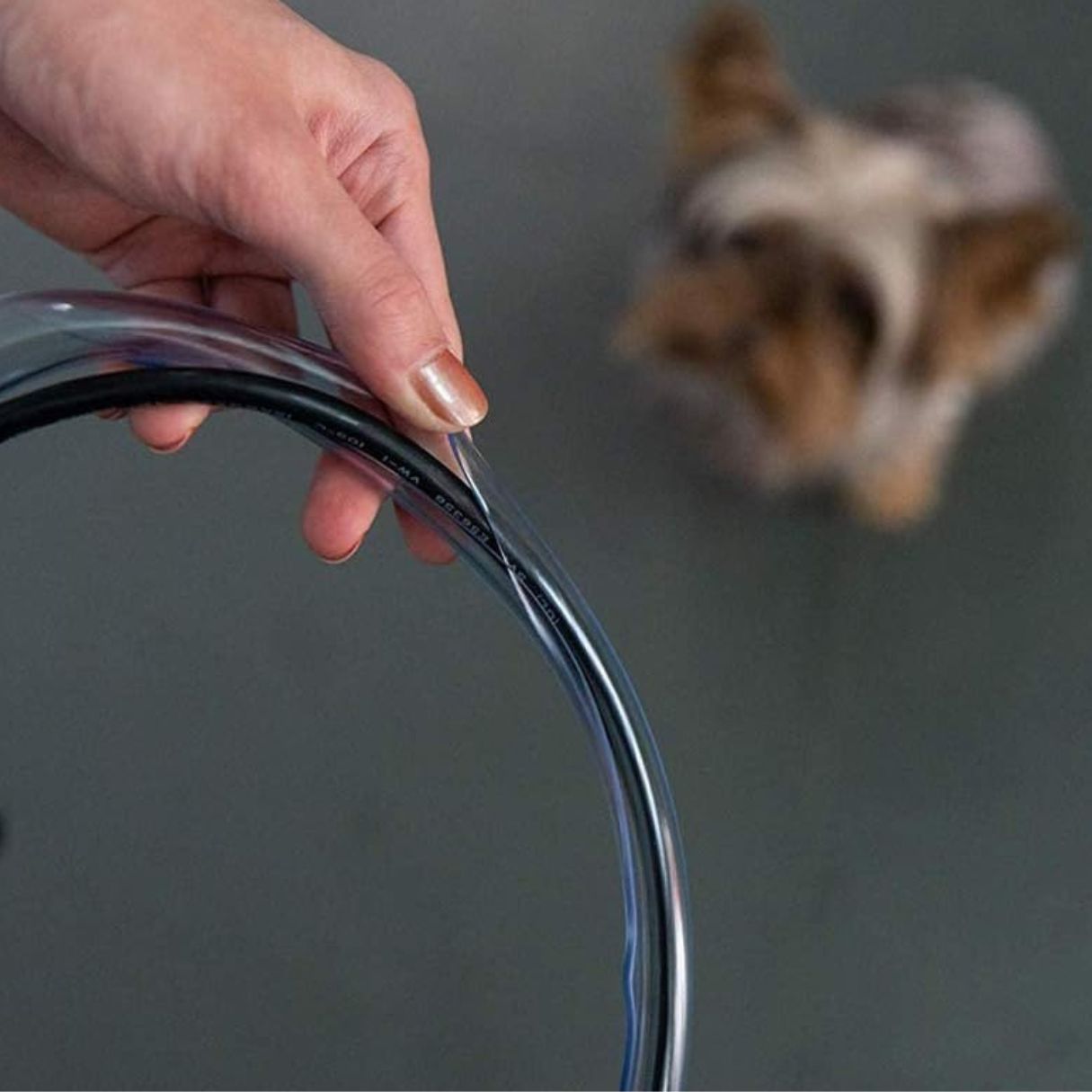
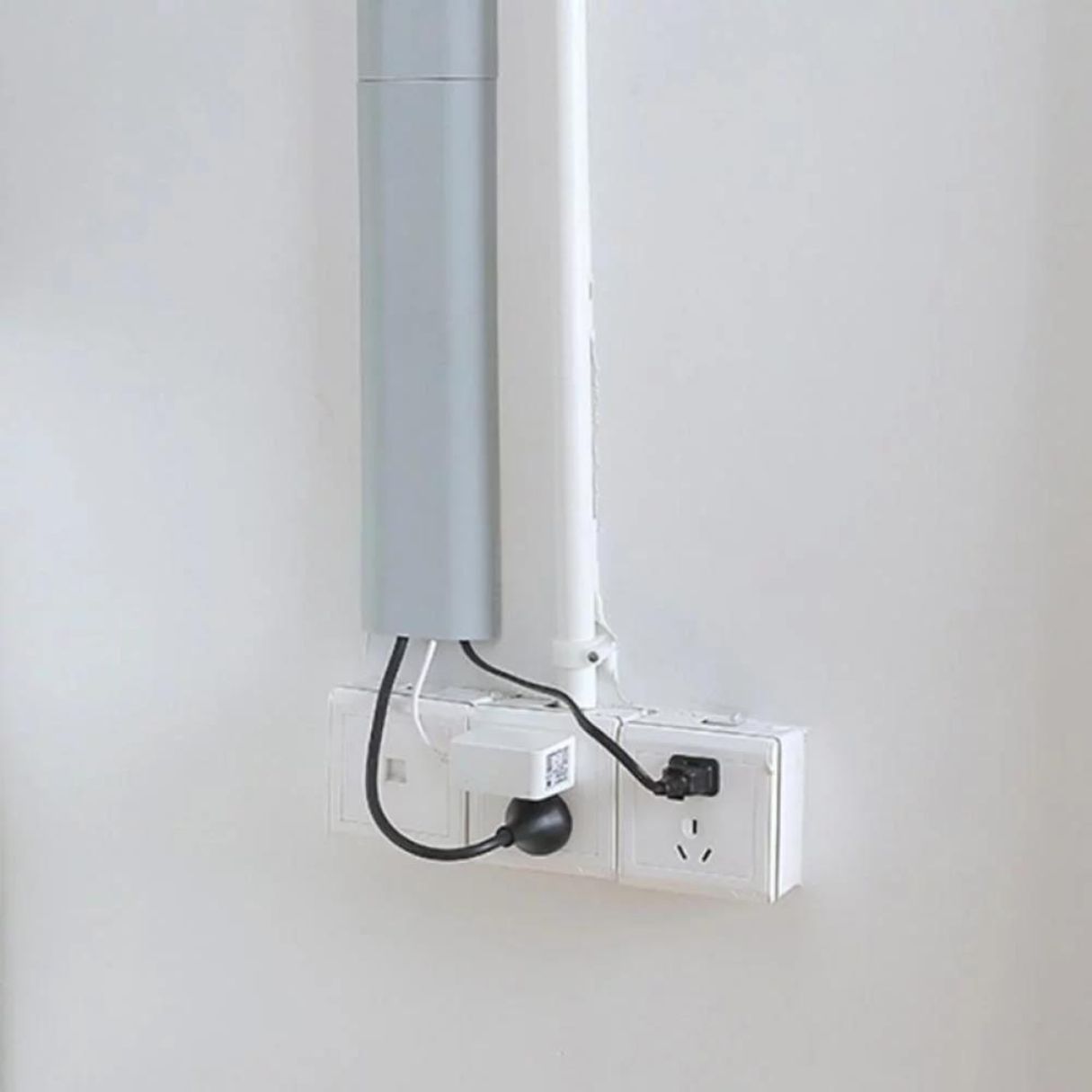
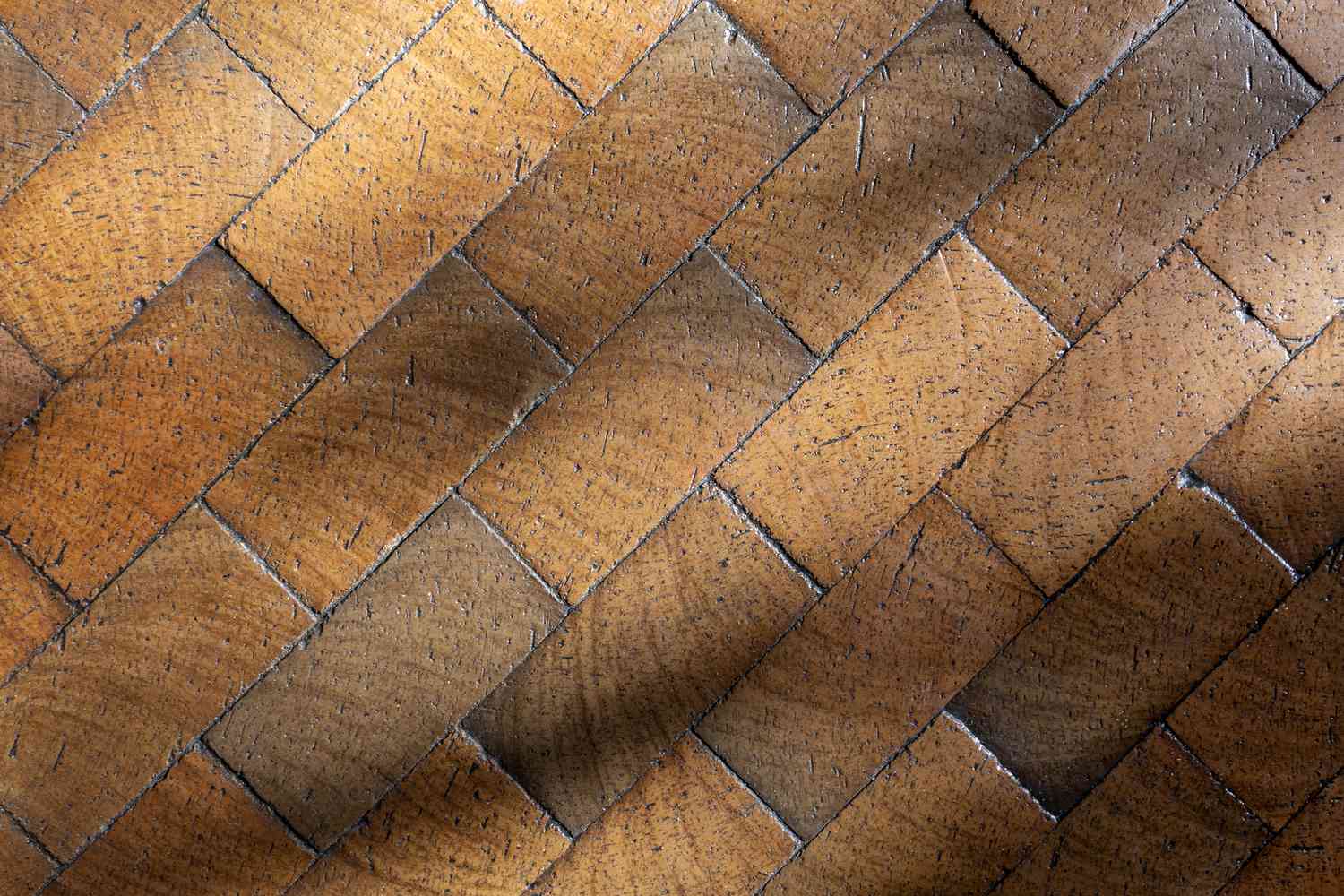
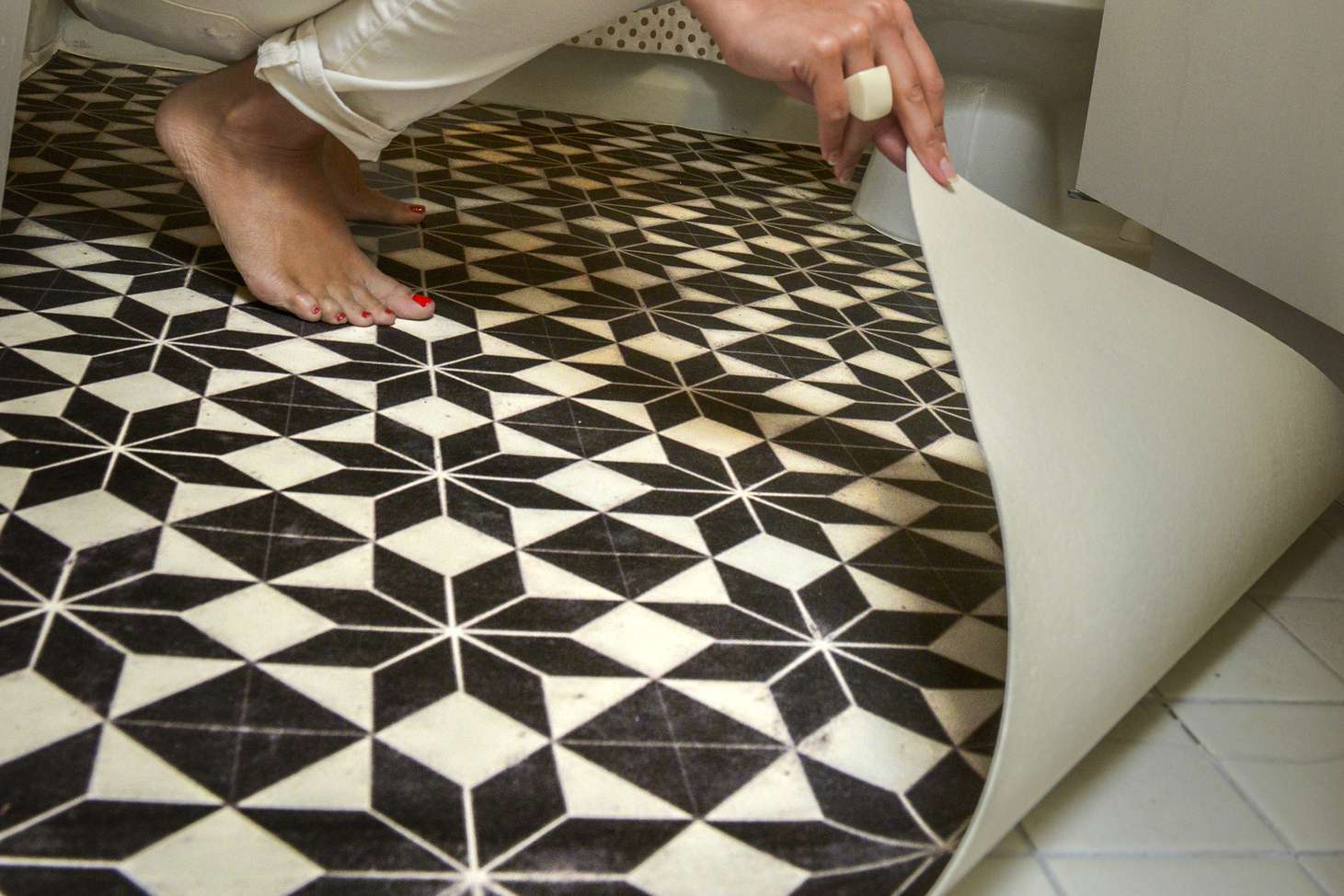
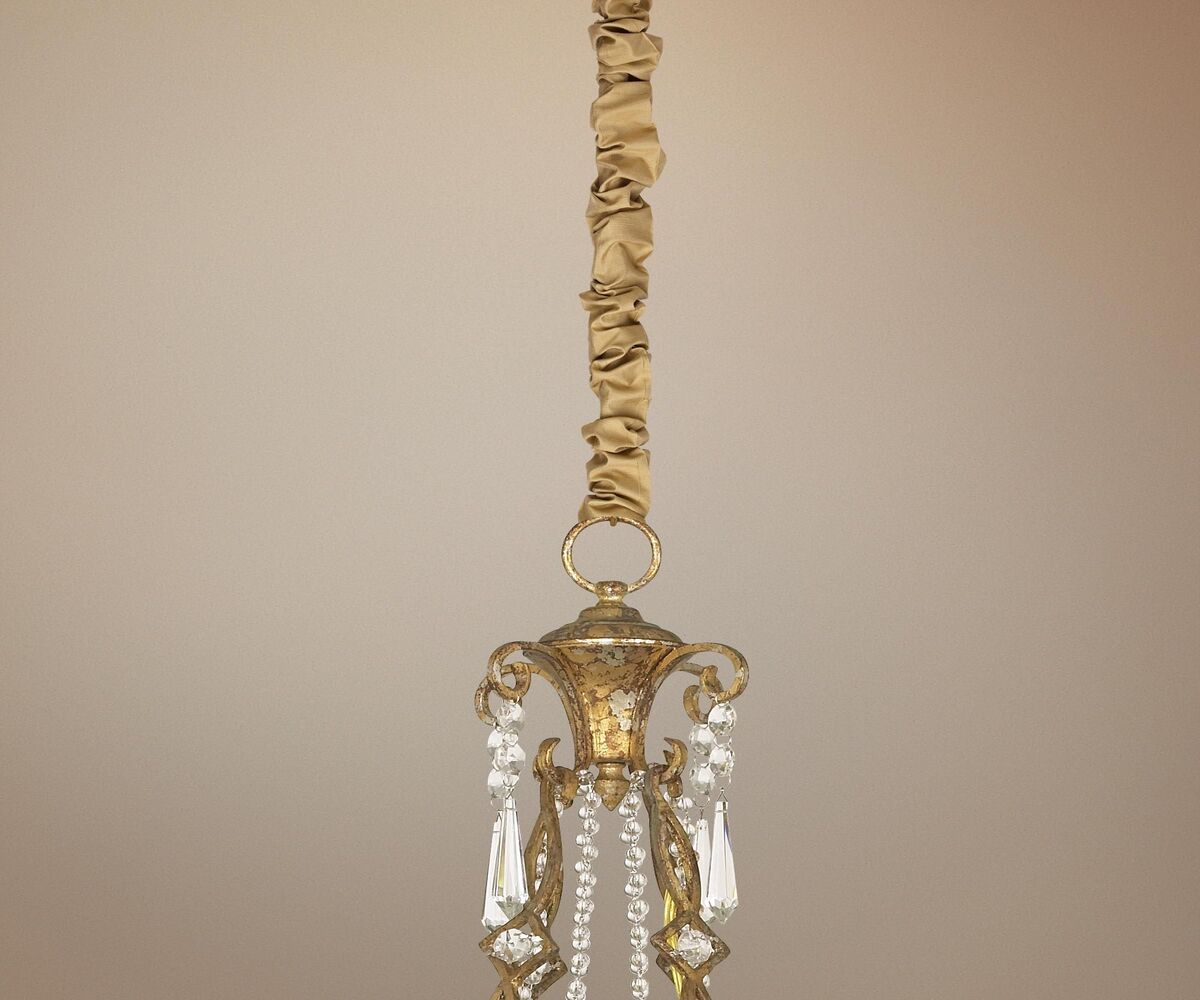
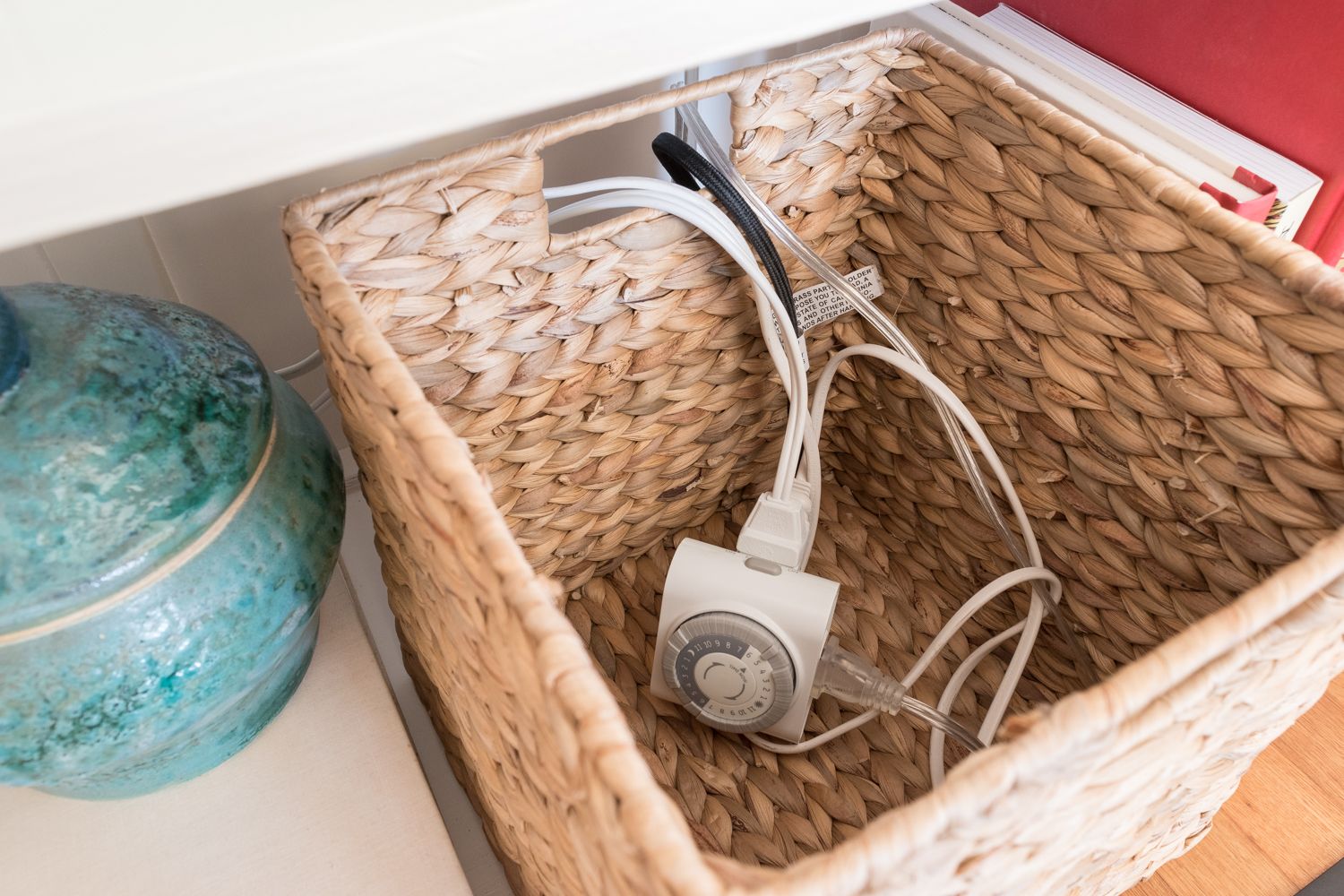
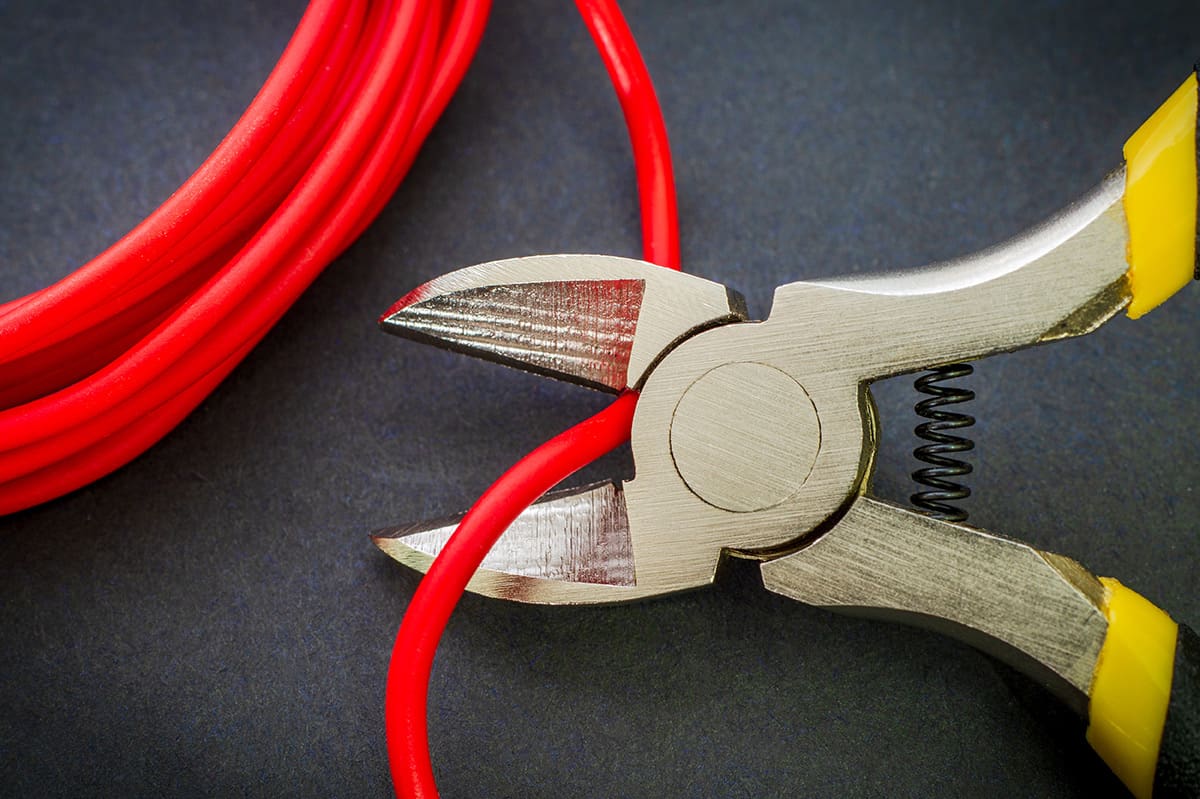
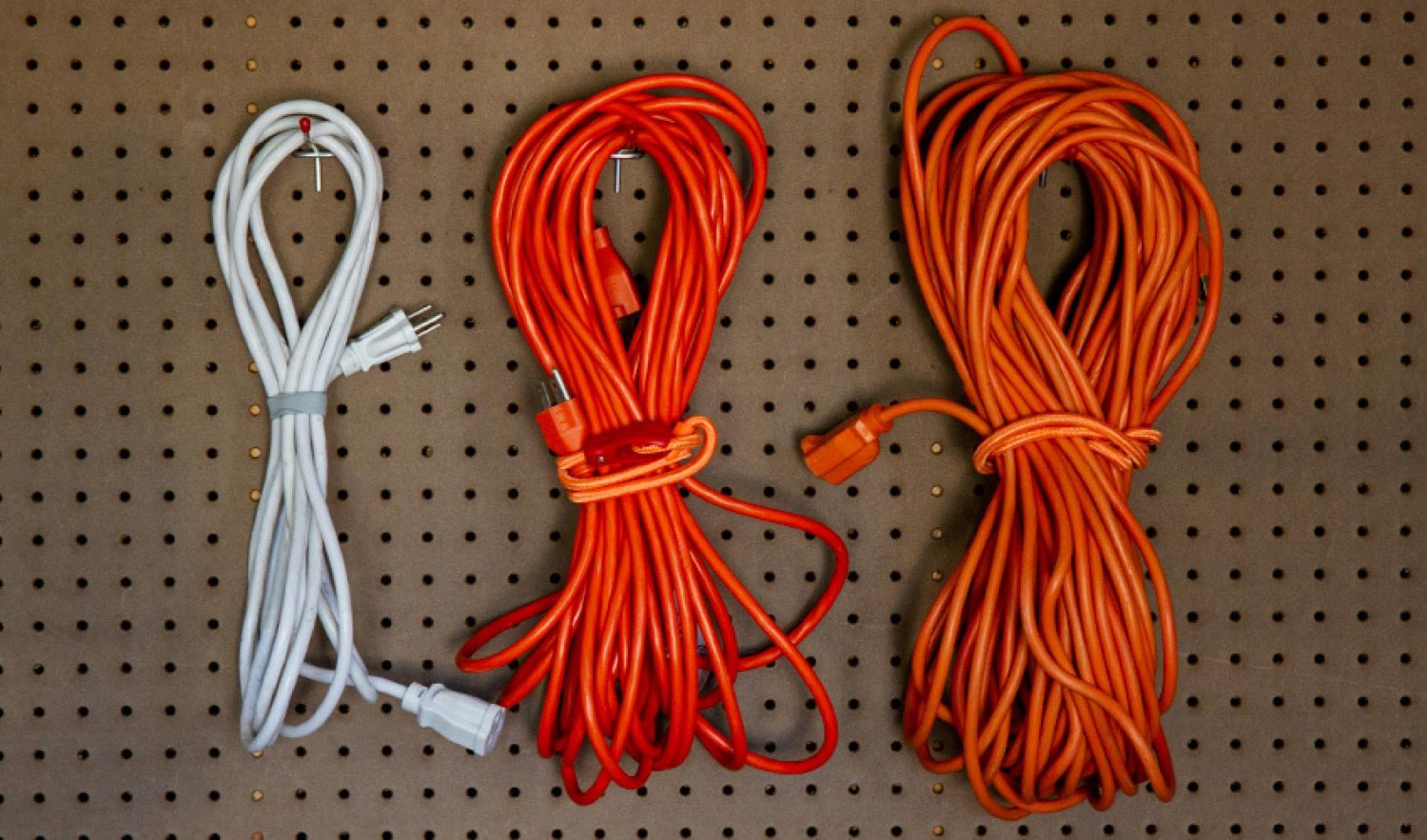
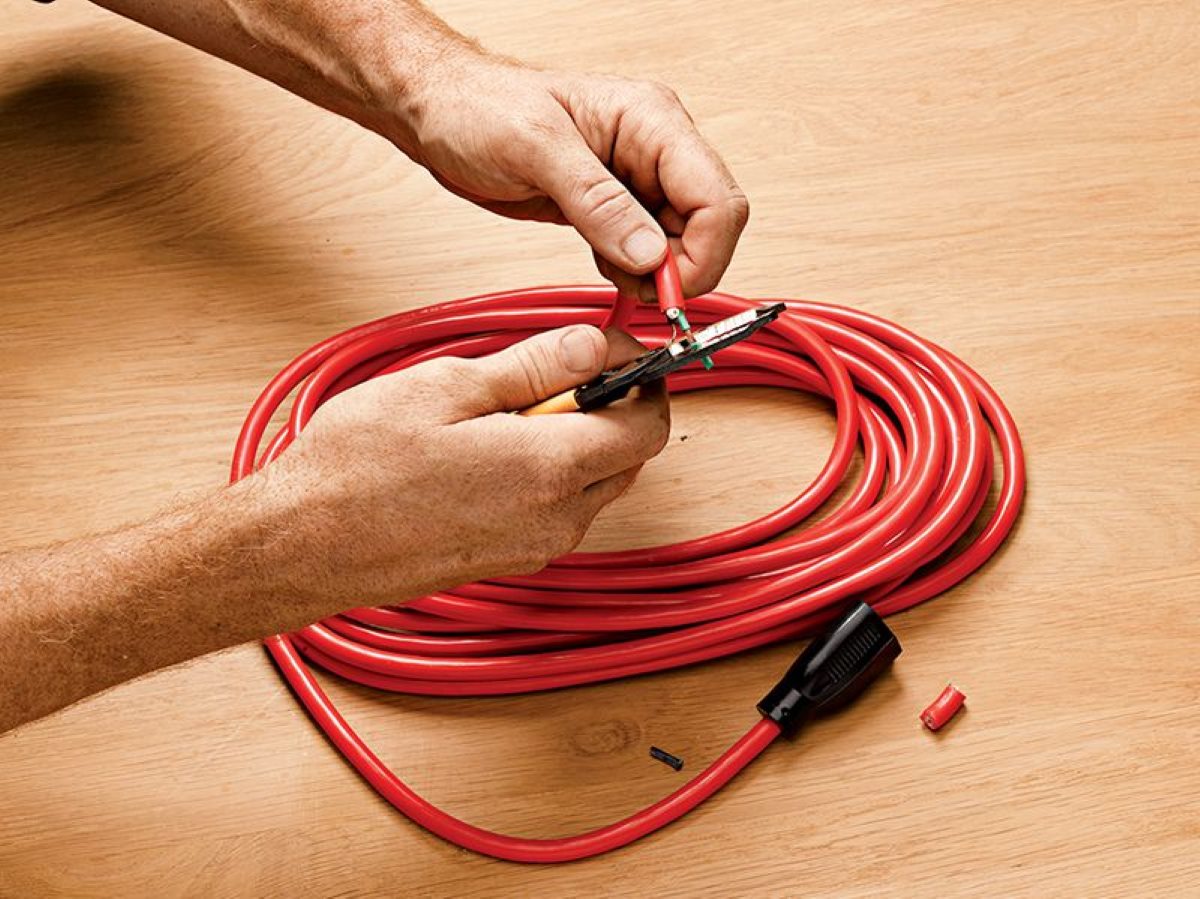
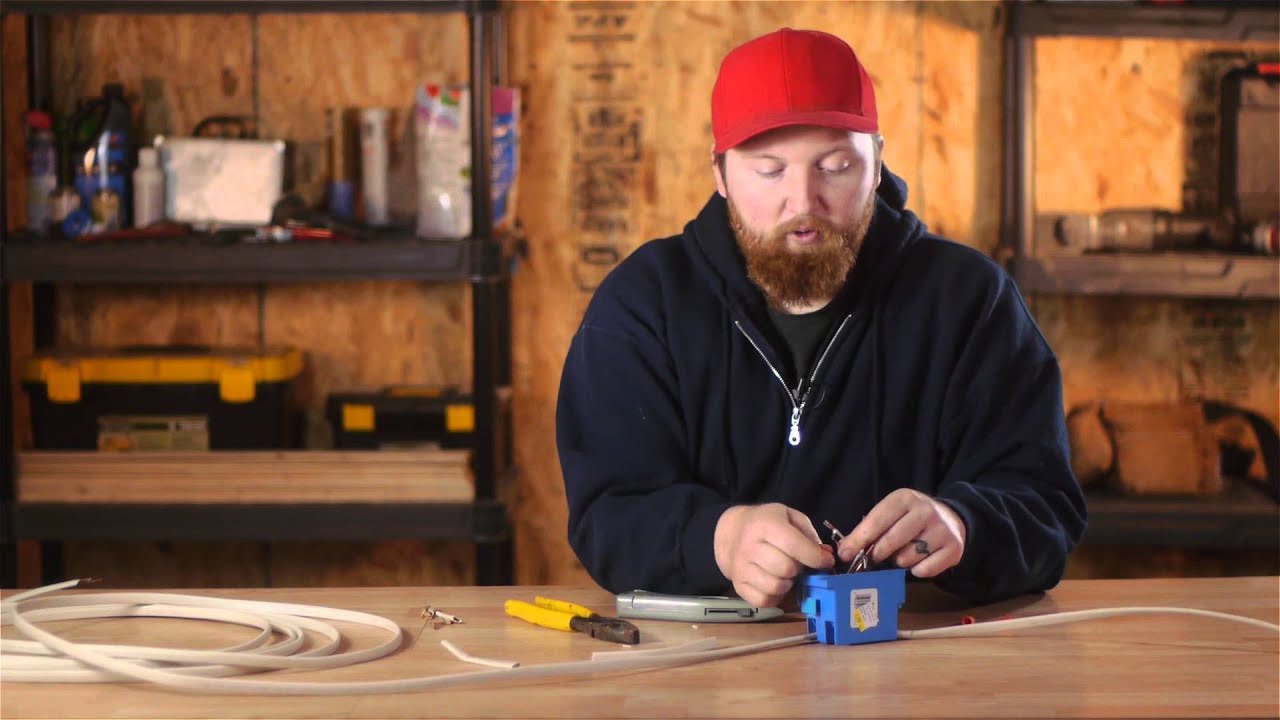
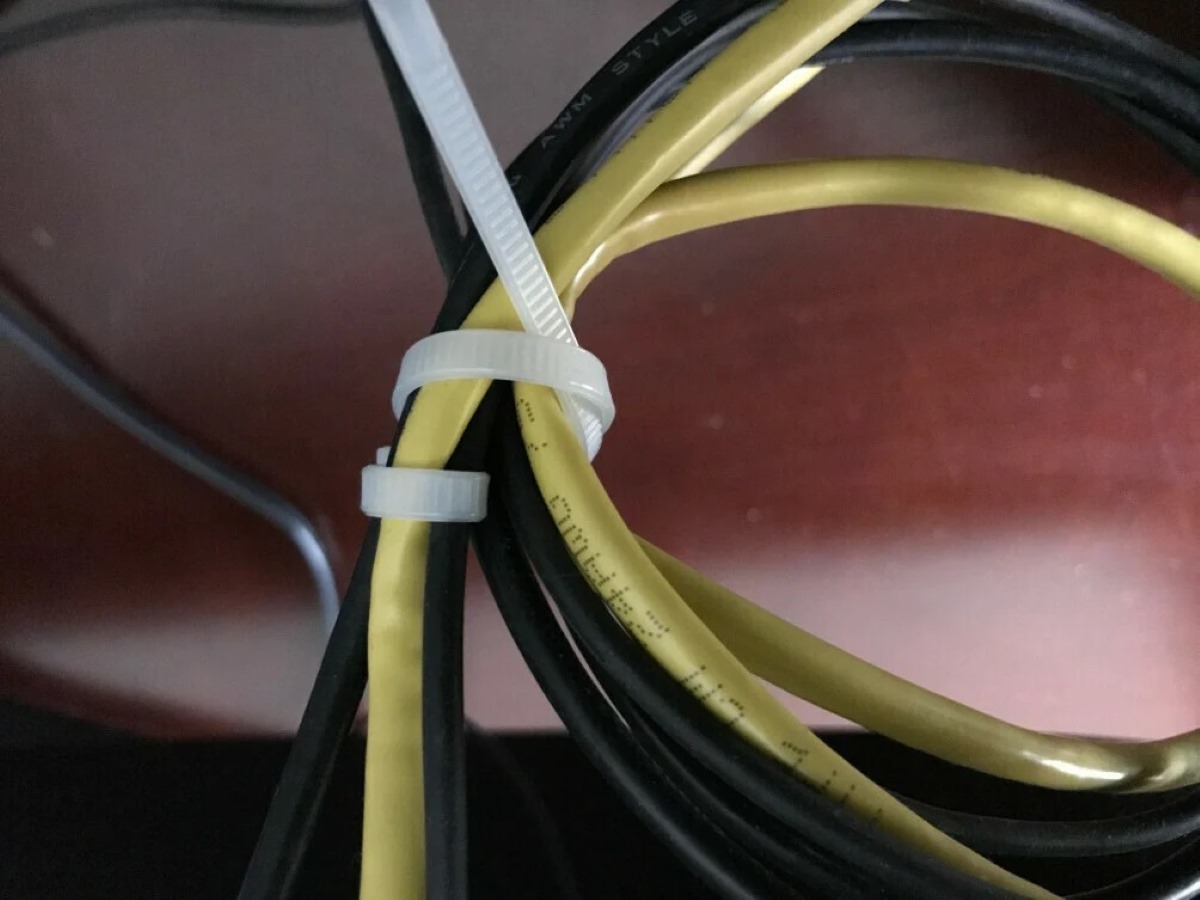

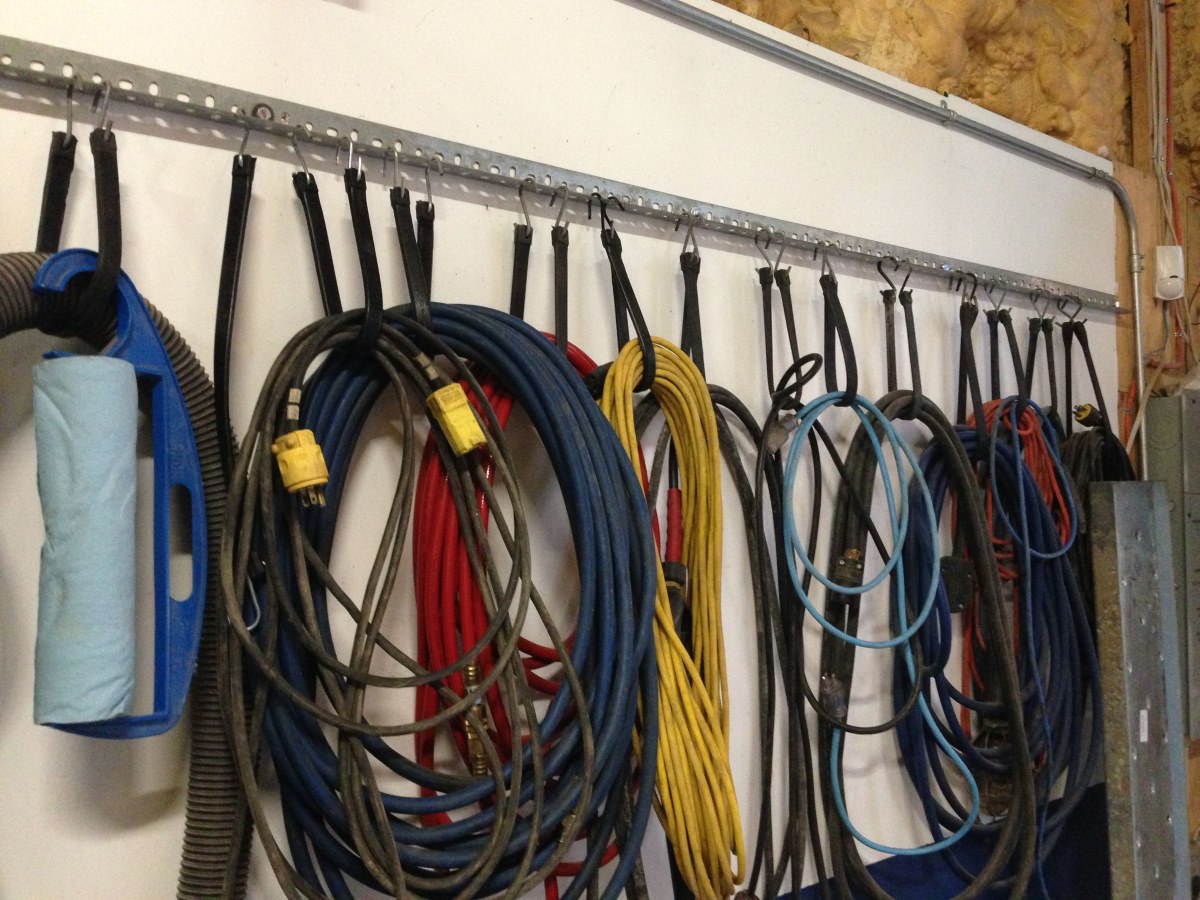
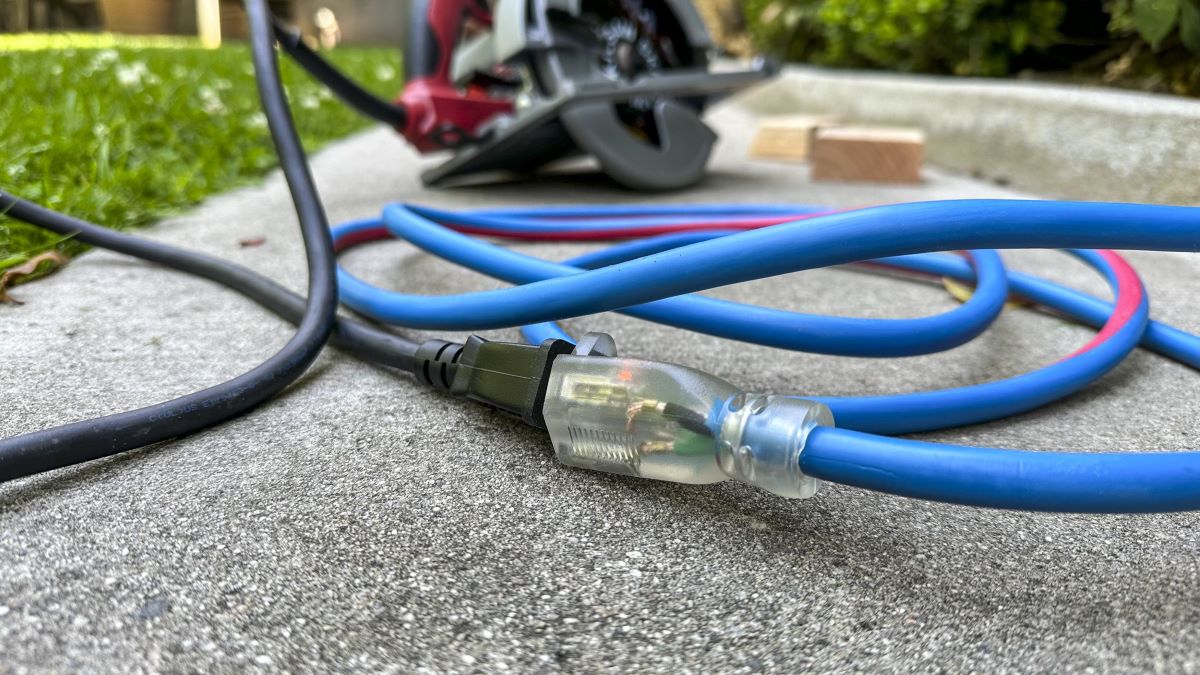

0 thoughts on “How To Cover Electrical Cord On Floor”